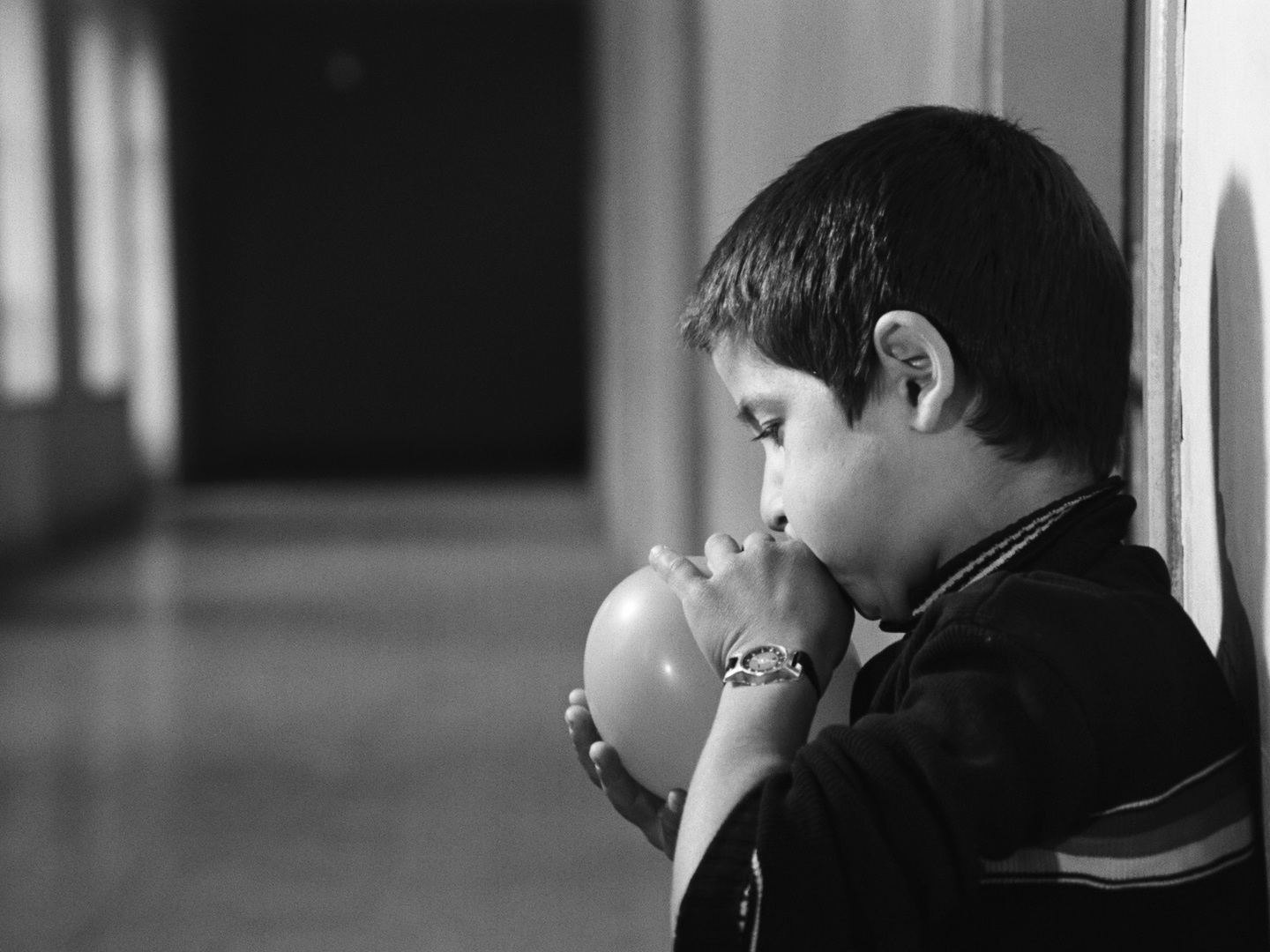
Disciplined at school for breaking a window, a boy joins a throng of his schoolmates as they make a cacophonous exit onto Tehran’s streets. He then briefly joins an impromptu soccer game but disrupts it by stealing the ball and running away, and ends up drifting aimlessly along a busy highway. Free of dialogue but using unsynchronized sound throughout, this moody film shows Kiarostami expanding his visual vocabulary with zooms and crane and helicopter shots.
EN
“Basically, Kiarostami’s first two films could be considered as variations of the same structure: a child goes from one place to another using very familiar route; he comes across an obstacle (a dog, a football match) which stops him in his tracks, but he manages to get past it in the end [...] Breaktime has a more universal and far-reaching appeal, however, because it does not confine itself to showing the child’s distress or exploring Kiarostami’s preoccupation with changes in pace; it introduces for the firs time the theme of the sole object of passionate desire (the idée fixe) and of relationships within the community.”
Alain Bergala1
“In Breaktime, fear has been replaced by the brutal and implacable law of desire, by pure obsession, but the film's young protagonist experiences the same loneliness and isolation as his counterpart in Bread and Alley. His punishment and (relative) marginalization at school will be echoed later in the impossibility of his joining the group playing their own version of a football match in the street that he must cross.”
Alberto Elena2

